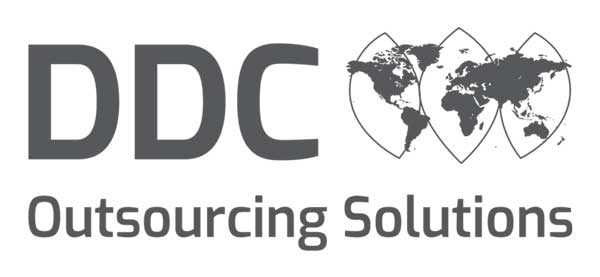The holiday season represents a crucial period for retailers both online and in physical stores. During October, November, and December each year, companies experience rapid increases in demand for their services as spending rises from a range of consumers.
In the UK, 81% of consumers have said they’re planning to shop more during the Black Friday period to help manage the cost-of-living crisis while still ensuring they can stock up on gifts. All over the world, these trends can present excellent opportunities for retailers to increase revenue and loyalty. However, it’s crucial to have the right plan in place to handle this demand.
As tempting as it might be to double down on your marketing and try to cultivate additional sales during the holiday, the promise of short-term revenue wins shouldn’t come at the expense of long-term loyalty. After all, while 58% of consumers say they’re willing to accept long waiting times and delays during the holidays, only 8% will accommodate bad customer service.
Perfecting Customer Service at Peak Times
Peak periods, ranging from Christmas to Black Friday to other seasonal events, can be a double-edged sword for brands. On the one hand, they’re a chance to connect with engaged customers and accelerate sales. On the other hand, they can often lead to issues with inconsistent customer service and overwhelmed operational facilities.
Implementing an enhanced sales strategy for the holiday season means not only creating the right marketing campaign but also ensuring you have the right resources on-hand to support an increase in demand. More sales mean more questions, service requests, and demands from consumers.
If you can’t handle this extra pressure, pushing your business beyond its limits could cause more damage than good. In 2020, a report found that around 50% of Brits began actively avoiding companies with bad service at Christmas, leading to a loss of around £1.9 billion for those brands.
Before you dive head-first into a peak retail season, you’ll need to ensure you’re not over-promising and under-delivering. Ask yourself:
- What do customers expect from you? Start by assessing the kind of expectations you’ve already built in terms of customer experience for your customers. Does your company offer ultra-fast delivery, convenient returns, and rapid customer support? If so, can you continue to deliver on the same promises as demand increases?
- Do you have a stable supply chain? Do you have what it takes to continue delivering products to a higher number of customers? If your current suppliers are unable to deliver on-demand, do you have backup options in place? How will you deal with popular goods going out of stock during the holiday period? How are you going to manage fulfilment and ensure items arrive at customer destinations on time? Even if the answer is no to some of the above, you can alleviate some inbound traffic by proactively updating your customers and them offering options.
- Can your existing team members handle extra work? Any increase in sales will automatically lead to an increase in work for your team members. If your staff are already overwhelmed, how will you provide additional support? In-house recruitment, outsourcing partners? Short-term solutions can pose a range of problems.
Plan for Peaks Beyond the Holiday Season
While the holiday season may be the most common time for many businesses and retailers to experience a peak in demand, it’s important to remember that there are other peaks to think about too. Different brands have different peaks and troughs depending on their industry and target audience. A sports company might see an increase in sales around annual competitions, while a florist may have additional demand during Mother’s Day and Valentine’s day.
There are even instances in which retailers can manufacture peaks and demands with sales, events, and clever marketing. Ensuring you’re effectively prepared for the unpredictable nature of retail is crucial to ensure you retain loyal customers. Because of this, simply hiring seasonal staff for a couple of months each year may not be the most cost-effective and resourceful strategy. Could it be tied into other activities? Where else could you benefit from support? Can you create long-term solutions to short-term demand?
Rather than having to find, hire, and train temporary team members on a consistent basis, many brands will benefit from creating more consistent agreements with third-party customer support agents, which allow them to structure a steadier flow of orders and maintain customer satisfaction throughout the year. Companies could even assign their outsourced specialists to different tasks each month to ensure they’re leveraging their available resources effectively.
A consistent and holistic strategy will allow brands to manage not just holiday peaks but unexpected changes in customer demand whenever they might happen. Make sure you can always take full advantage of peak sales times without compromising on customer service.
To learn more about the work DDC OS do in retail, please get in touch.




